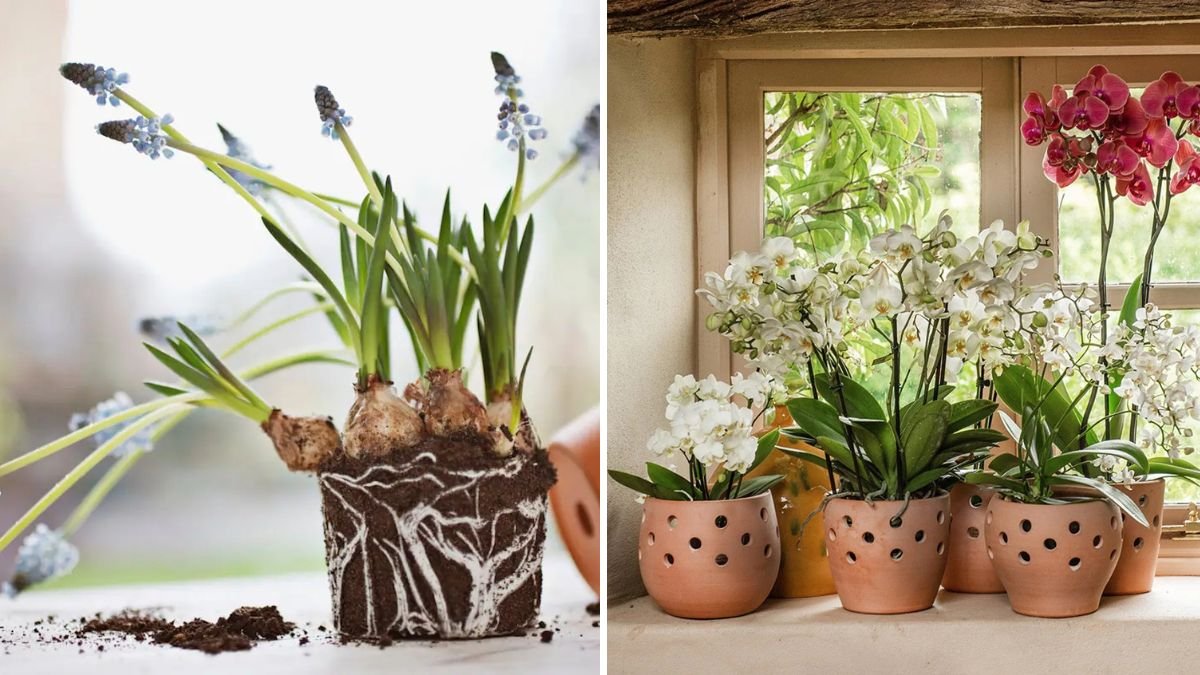Choosing the right pot is one of the most important decisions a gardener can make. While many focus on soil, water, and sunlight, the shape of the pot itself can have a significant impact on a plant’s growth, root development, and overall health. Different plants have varying root systems, and matching the pot shape to a plant’s needs can maximize growth, reduce stress, and prevent problems such as root rot or stunted development. This article explores the best pot shapes for healthy plant growth, detailing how each shape influences roots, drainage, and plant vitality.
1. Understanding the Importance of Pot Shape
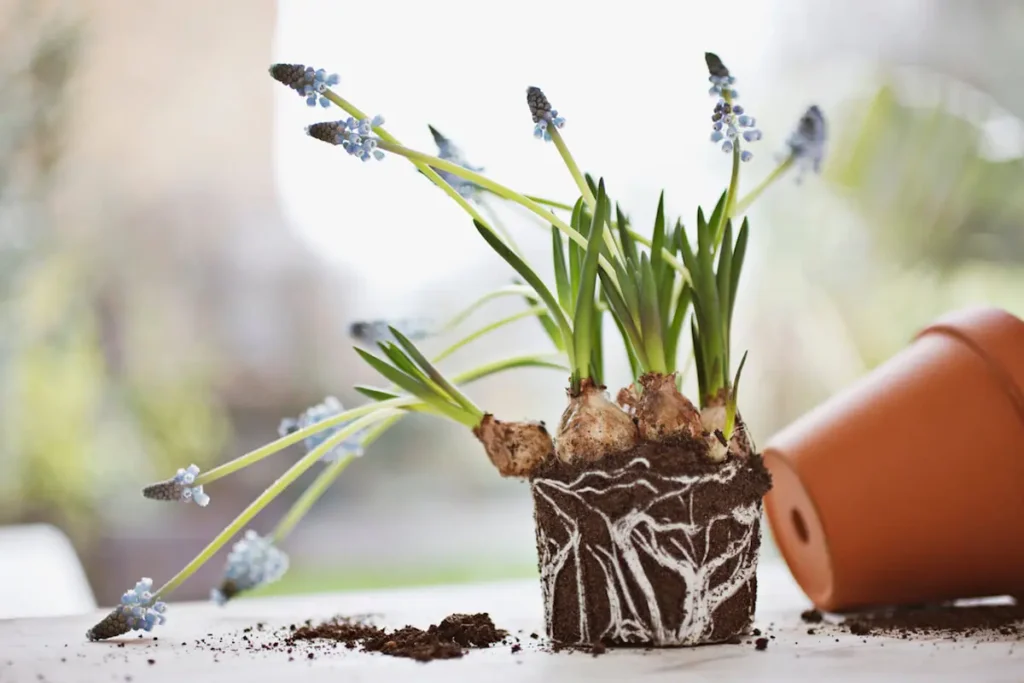
Pot shape influences multiple aspects of plant health:
- Root Development: Certain root systems, like taproots, need deep containers, while fibrous roots benefit from wider, shallow pots.
- Water Retention and Drainage: The shape affects how water spreads through the soil, impacting moisture levels and oxygen availability.
- Air Circulation: Adequate air around roots reduces the risk of fungal infections and encourages strong growth.
- Space Utilization: The shape determines how efficiently plants use space, which is especially important for indoor or balcony gardening.
Selecting a pot based solely on aesthetics without considering root and growth needs can limit plant potential. Understanding the interaction between pot shape and plant type is essential.
2. Round Pots
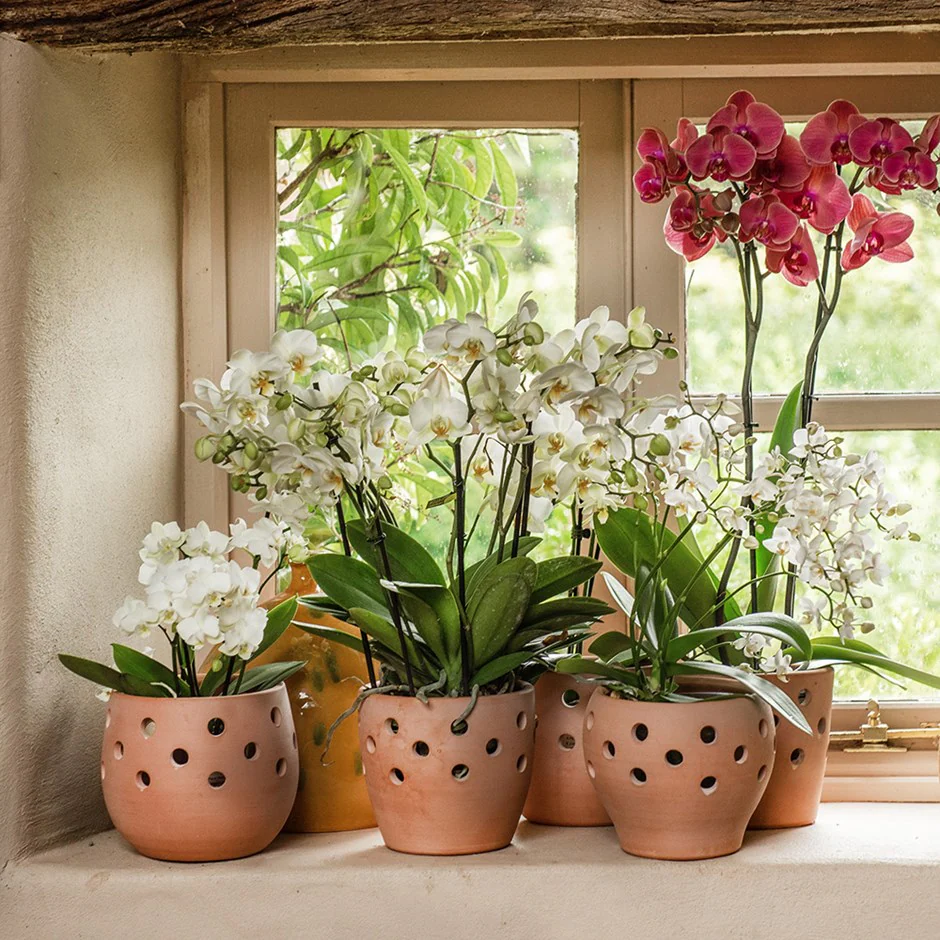
Round pots are the most common and versatile choice in gardening.
- Characteristics: Circular in shape with uniform depth; available in small, medium, or large sizes.
- Best For: Most houseplants, annuals, vegetables, and herbs.
- Root Development: Allows roots to grow outward evenly, reducing crowding and promoting healthy fibrous root systems.
- Water Distribution: Moisture spreads uniformly, preventing dry pockets or waterlogging.
- Advantages:
- Easy to rotate for even sunlight exposure.
- Fits most standard saucers and decorative containers.
- Limitations: May take up more space in narrow areas compared to square or rectangular pots.
Round pots are ideal for gardeners seeking versatility and consistent plant growth.
3. Square and Rectangular Pots
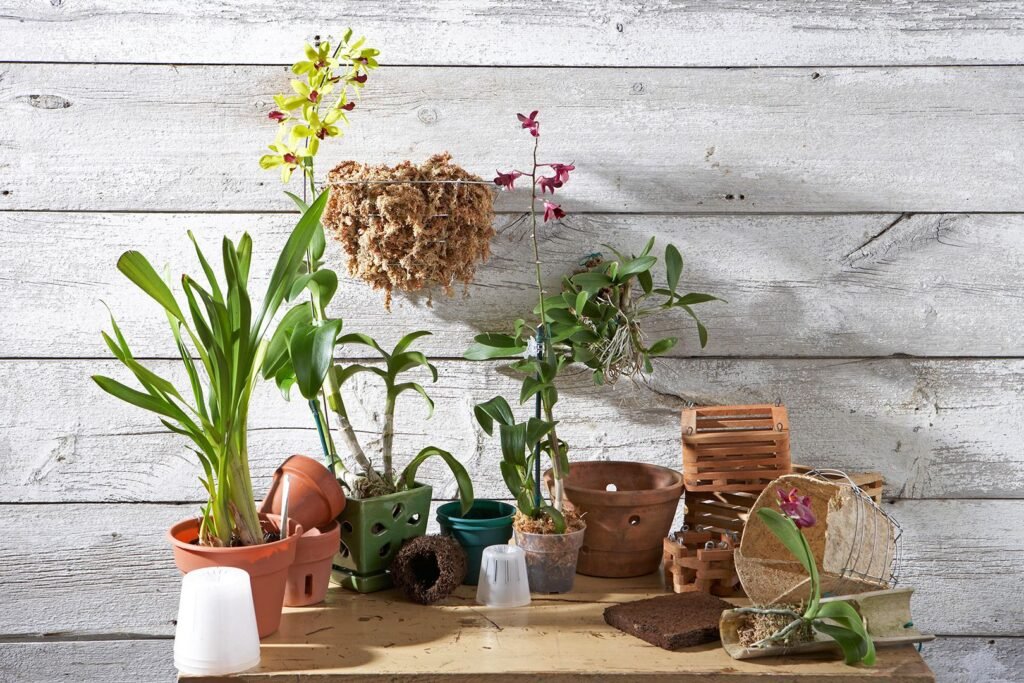
Square and rectangular pots are perfect for maximizing space and organizing multiple plants efficiently.
- Characteristics: Straight sides and flat corners; can be narrow or elongated.
- Best For: Succulents, herbs, window sills, and small vegetables.
- Root Development: Promotes outward root growth along corners, which can help prevent circular root-bound patterns.
- Water Distribution: Water tends to settle in corners, which can be both an advantage (longer moisture retention) and a disadvantage (risk of root rot if poorly drained).
- Advantages:
- Efficient use of space on shelves, balconies, and raised beds.
- Suitable for planting multiple seedlings in a single container.
- Limitations: Uneven watering may occur if corners retain excess moisture.
Square pots are excellent for compact urban gardens and maximizing limited space.
4. Deep Pots
Deep pots are designed for plants with long taproots or root systems that grow vertically.
- Characteristics: Tall, narrow containers with considerable depth.
- Best For: Carrots, parsnips, dahlias, tomatoes, and certain herbs like rosemary.
- Root Development: Provides sufficient room for taproots to grow downward naturally without restriction.
- Water Distribution: Water penetrates deeply, encouraging strong root anchoring.
- Advantages:
- Prevents root crowding and stunted growth in deep-rooted plants.
- Enhances nutrient uptake due to deeper root reach.
- Limitations: Not suitable for plants with shallow or spreading roots.
Deep pots are essential for gardeners aiming to grow root vegetables or large indoor plants with extensive root systems.
5. Shallow Pots
Shallow pots, also known as bonsai or dish-style containers, are perfect for plants with fibrous or shallow root systems.
- Characteristics: Wide and shallow; low depth relative to width.
- Best For: Succulents, cacti, orchids, and bonsai trees.
- Root Development: Encourages lateral root growth, preventing waterlogging and promoting surface-level nutrient absorption.
- Water Distribution: Drains quickly, reducing risk of root rot for moisture-sensitive plants.
- Advantages:
- Ideal for decorative and ornamental plants.
- Promotes healthy root spread for plants that don’t require deep soil.
- Limitations: Not suitable for deep-rooted vegetables or shrubs.
Shallow pots combine aesthetic appeal with functional benefits for specific plant types.
6. Self-Watering Pots with Reservoirs
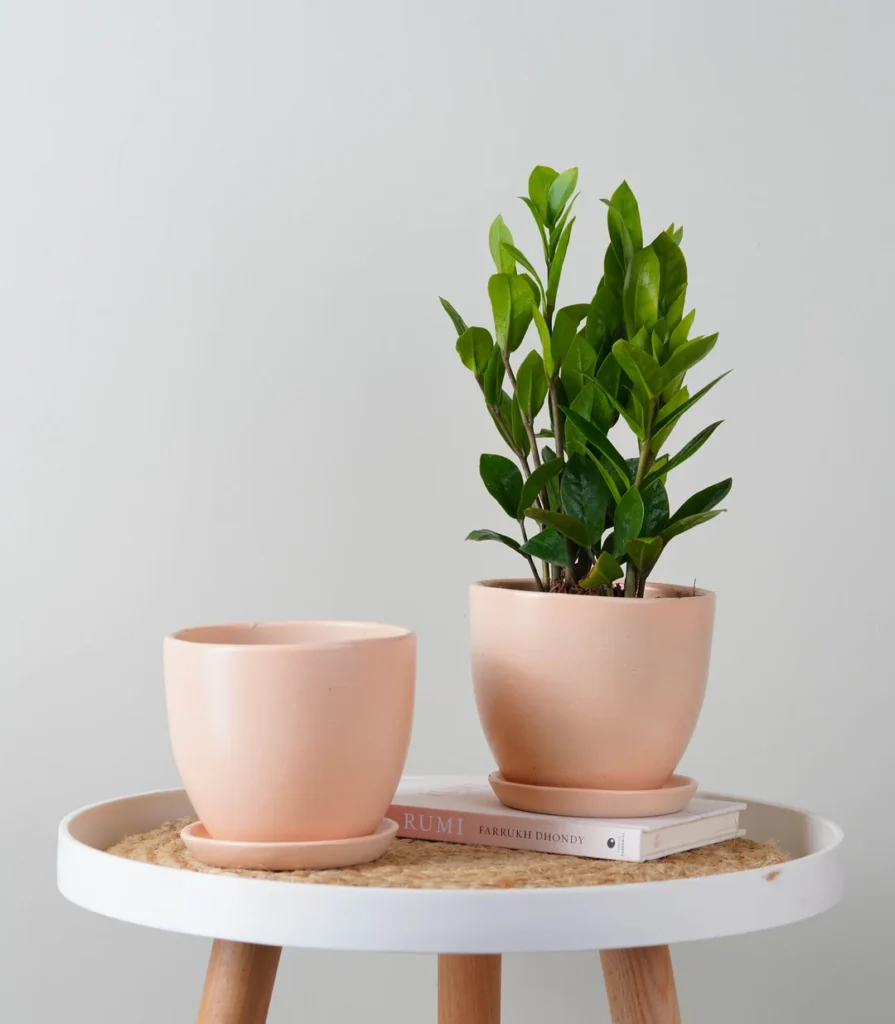
Modern container gardening often includes self-watering pots, which regulate water supply automatically.
- Characteristics: Two layers: an inner pot with soil and an outer reservoir for water.
- Best For: Indoor plants, tropical plants, and herbs.
- Root Development: Roots can extend down to access water as needed, encouraging healthy growth without overwatering.
- Water Distribution: Capillary action draws water upward, ensuring consistent soil moisture.
- Advantages:
- Reduces watering frequency.
- Minimizes root stress from inconsistent moisture.
- Ideal for busy gardeners or forgetful plant owners.
- Limitations: Higher initial cost and less flexibility in size and shape.
Self-watering pots are ideal for gardeners seeking convenience without compromising plant health.
7. Hanging Pots and Wall-Mounted Planters
For vertical gardening and space optimization, hanging pots and wall-mounted planters are excellent choices.
- Characteristics: Pots suspended from ceilings, balconies, or walls. Can be round, rectangular, or uniquely shaped.
- Best For: Trailing plants like pothos, ivy, spider plants, and small flowers like fuchsias.
- Root Development: Limited soil volume encourages compact root growth, perfect for small decorative plants.
- Water Distribution: Drains quickly; care needed to prevent rapid drying.
- Advantages:
- Frees floor space.
- Adds vertical dimension to indoor and outdoor gardens.
- Limitations: Smaller soil volume limits nutrient availability; frequent watering may be required.
Hanging and wall-mounted planters allow creative use of vertical space while maintaining healthy plants with proper care.
8. Unusual and Decorative Pot Shapes
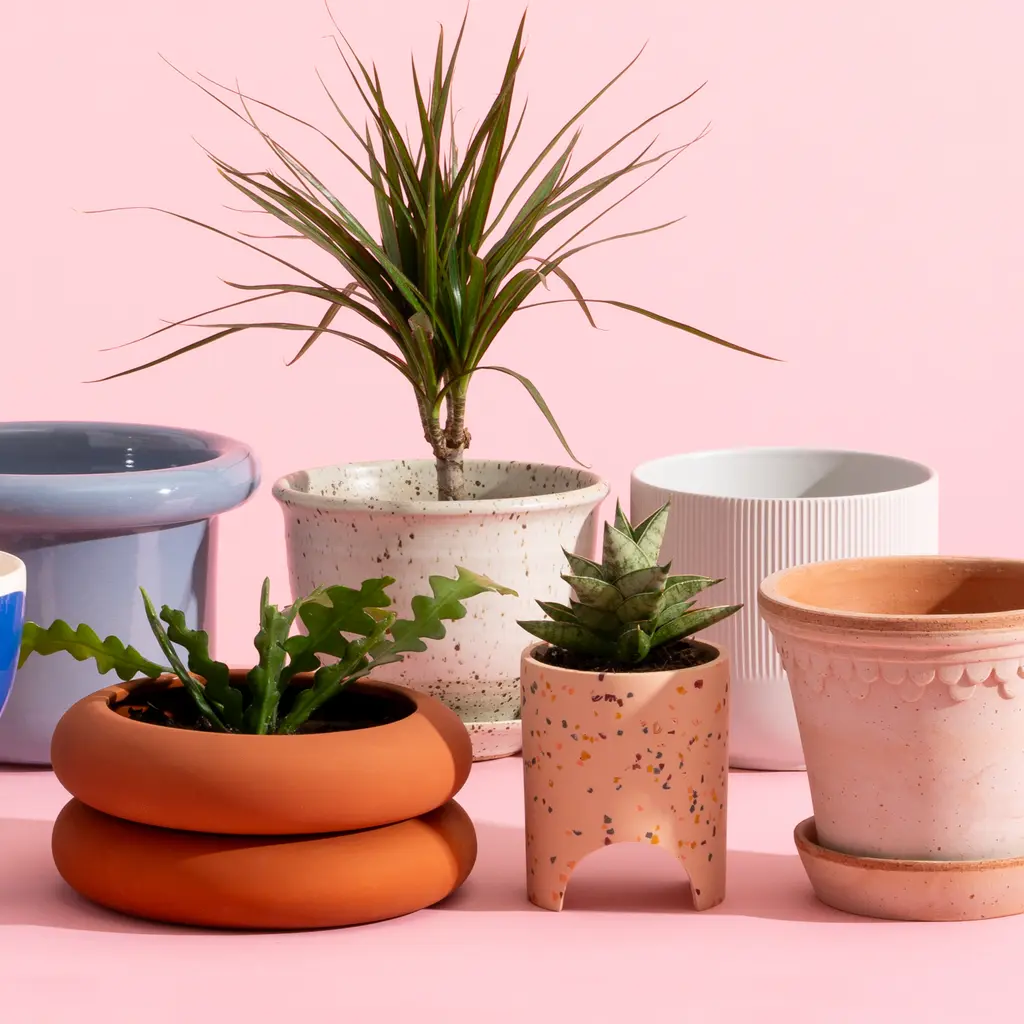
Innovative pot shapes, such as hexagonal, tapered, or geometric designs, offer aesthetic appeal while supporting plant health.
- Characteristics: Unique shapes designed for visual impact and functional growth.
- Best For: Indoor decorative plants, small shrubs, and ornamental flowers.
- Root Development: Tapered pots encourage downward and outward root expansion, while wider tops support foliage growth.
- Water Distribution: Ensure proper drainage, especially in complex-shaped pots, to avoid water accumulation.
- Advantages:
- Combines functionality with design.
- Enhances home décor while promoting healthy growth.
- Limitations: Some complex designs may require careful watering and monitoring for root crowding.
Decorative pots are perfect for gardeners who want both beauty and functionality in their plant containers.
9. Material Considerations Alongside Shape
Pot material also influences plant growth, often in combination with shape:
- Clay/Terracotta: Porous, allows airflow; best for shallow or wide pots for succulents and herbs.
- Plastic: Lightweight, retains moisture; ideal for deep pots and self-watering systems.
- Ceramic/Glazed Pots: Retain moisture well; suitable for indoor decorative plants in various shapes.
- Metal: Modern and stylish, but can overheat soil; best for shaded or indoor areas.
Choosing the right material and shape combination ensures optimal growth conditions for specific plants.
10. Tips for Choosing the Right Pot Shape
- Know Your Plant’s Root System: Deep taproots need tall pots; fibrous roots thrive in shallow containers.
- Consider Watering Needs: Shallow pots drain quickly; deep pots retain moisture longer.
- Space Constraints: Round pots for flexibility, square or rectangular pots for organized layouts.
- Plant Aesthetics: Use unique shapes for decorative effect while ensuring functional root space.
- Mobility: Lightweight plastic or resin pots are ideal if frequent relocation is needed.
Matching pot shape to plant type, watering habits, and space availability is key to successful container gardening.
Conclusion
Pot shape plays a crucial role in healthy plant growth, influencing root development, water distribution, and overall vitality. Choosing the right shape ensures that plants can thrive, resist disease, and reach their full potential, whether in indoor gardens, balconies, or traditional outdoor containers.
Key Takeaways:
- Round Pots: Versatile, promote uniform root growth.
- Square/Rectangular Pots: Maximize space, prevent circular root patterns.
- Deep Pots: Ideal for taproots and large plants.
- Shallow Pots: Best for fibrous roots, succulents, and bonsai.
- Self-Watering Pots: Provide consistent moisture and reduce stress.
- Hanging/Wall Planters: Optimize vertical space for trailing plants.
- Decorative Shapes: Combine aesthetics with functional growth.
By carefully selecting pot shapes and materials to suit plant type, watering habits, and available space, gardeners can create thriving, beautiful, and productive container gardens. A well-chosen pot is not just a container—it is the foundation for long-lasting plant health and success.
